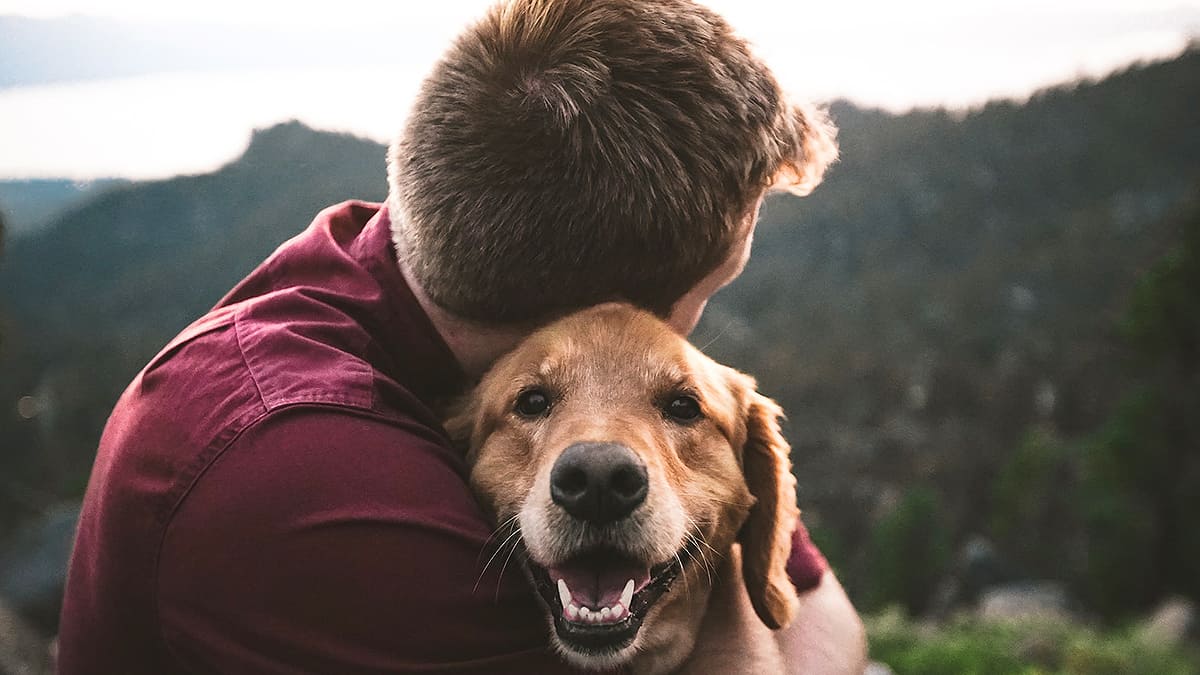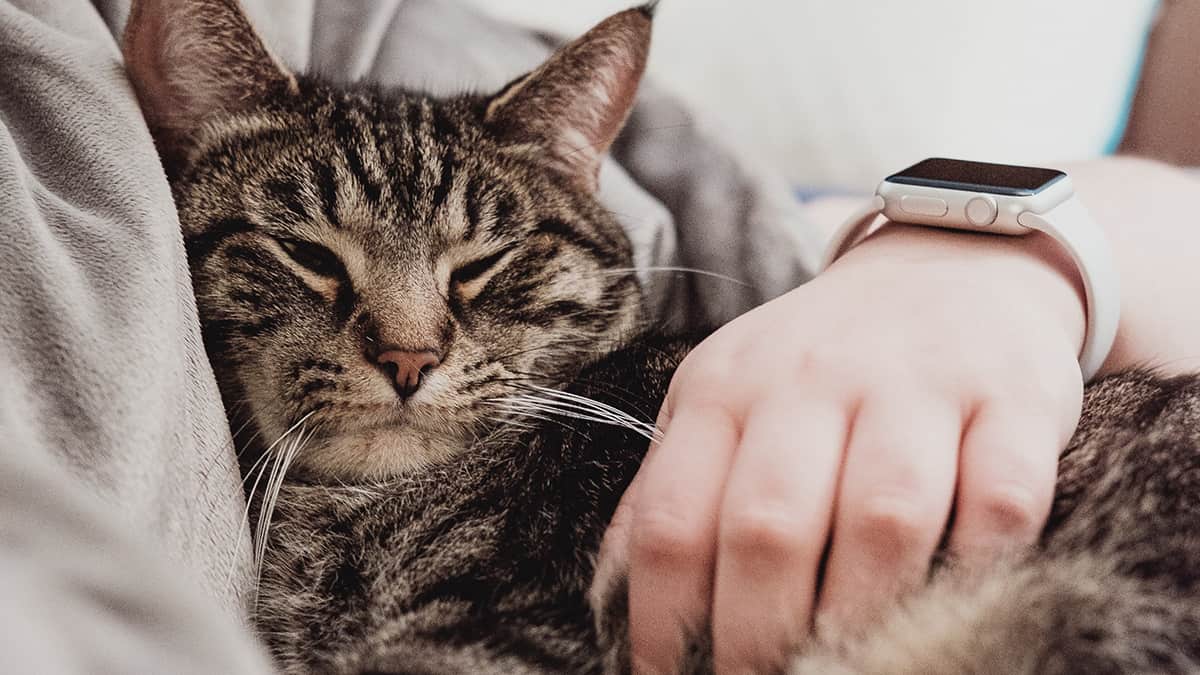Here's How to Save Money on Your Pet's Flovent
pet medications

If your pet has recently been diagnosed with asthma, you may be feeling overwhelmed. It's a lot of information to take in at once — your beloved furry friend needs help breathing, you need to buy medication for them, and then you need to administer it to them.
The good news is that there are products in place to help your pet manage their asthma symptoms. Flovent is approved for use in dogs and cats, and is used with great success. Of course, in the United States, Flovent can be quite expensive.
Aside from the fact that you may be struggling to grasp how you're going to afford their medication, the idea of getting your pet to inhale medication may feel daunting (especially if you have a cat, because we all know cats will literally fight tooth and nail to avoid taking medication). You don't have to worry, because we have solutions for you.
Here's how asthma presents in pets, how you can help avoid asthma triggers, and how to save a significant amount money on your pet's Flovent.
Asthma in Pets
While some like to believe that we're different from the animals we keep as pets, the truth of the matter is that we have a lot of similarities. The way our bodies are designed may appear dramatically different, but how the major systems work within our bodies and our dogs (or cats) often work in essentially the same manner.
Asthma doesn't discriminate based on species — it's an inflammatory disorder that only needs lung tissue in order to present itself. Asthma often presents itself with symptoms such as trouble breathing, airway constriction, wheezing, excess mucus, and even coughing. It's also possible that your pet will pant excessively, have less energy, lose their appetite, and even the color in their gums (they can become pale or even blue, which is a sign of a serious asthma attack).
Cats often exhibit asthma symptoms in similar ways to humans, so it's easier to recognize — especially if you, as the pet owner, are familiar with the signs. That being said, dogs aren't as likely to develop asthma. The chances are higher that they'll have an acute condition called allergic bronchitis.
Allergic bronchitis is a inflammatory condition triggered by allergens, but unlike asthma, it does not typically pose a life-threatening risk to your pet. The symptoms may be similar (increased mucus, wheezing), but your pet should still be able to get air into their lungs without much of a problem.
The trouble with both conditions is that they're difficult to diagnose. Asthma doesn't necessarily present itself on x-rays and bloodwork may be inconclusive. Your veterinarian may be heavily relying on your accounts of your pet's breathing challenges. The technology we have at our fingertips is helpful here, in that you can take video of your pet to show your veterinarian at their appointment. Of course, if your pet is unable to get air into their lungs, take them to the nearest pet emergency room and call your veterinarian immediately.
How Flovent Helps Your Pet's Lungs
Flovent (fluticasone propionate) is essentially the same medication that is used to treat asthma in humans. Fluticasone propionate is an inhaled steroid that helps reduce inflammation in lung tissue, which keeps airways open and allows the patient to breathe easier.
Flovent comes in three different dosages: 44 mcg, 110 mcg, and 200 mcg per actuation (inhaled dose). Each inhaler is 120 actuations. Pets often are prescribed one actuation, twice per day — one in the morning and one in the evening. Of course, you should follow whatever instructions your veterinarian recommends.
When humans take Flovent, they typically inhale it sharply with the help of aerosol. When you push down on the canister, the aerosol helps push the medication into the mouthpiece so the person can inhale it into the lungs. Of course, cats and dogs can't exactly do this — or rather, it would be nearly impossible for us to teach them how to do it.
Therefore, pets typically use something called AeroDawg or an AeroKat. These devices are an extension of the inhaler to better suit a muzzle. The AeroDawg or Kat is attached to the inhaler and the mask is placed over the pet's muzzle. When the human presses the canister down to release the medication, it holds in a spacer. Each time the pet takes a breath, a membrane opens to allow the medication to read the pet's nose.
The human should hold the mask in place (gently) for five or six breaths to ensure the pet has received the full dose.

Getting Flovent at a Lower Price
There is no special “pet version” of Flovent — it's the same product humans use. In the United States, the lowest dose of Flovent starts at about $255.00, and because there is no generic available there yet, there's no possibility of finding it at a lower price within those borders.
At NorthWestPharmacy.com, not only do we offer Flovent at a lower price, but we do have access to a generic. The lowest dose of brand name Flovent is about $40.00 at NorthWestPharmacy.com, and the generic version is a little bit cheaper — about $33.00.
How to Help Manage Your Pet's Asthma
Much like humans, we need to do whatever we can to avoid asthma triggers. Each body (pet or human) is different, so some will experience triggers that are overwhelming, while others only mildly irritate. The key is determining what your pet's triggers are, and then doing whatever you can to limit their exposure.
Here are the most common asthma triggers:
- Smoke - Most often, we're talking about cigarette smoke when we talk about smoke as an asthma trigger. Obviously in pets, we're not dealing with first-hand smoke, but second-hand, which permeates the air and your pets can breathe it in. To make matters worse, it settles into literally every fiber of fabric in your house. Of course, pets have a tendency to nap on any soft surface, which will undoubtedly keep the smoke until it's washed — and you can't exactly wash your couch, or your carpet.
Additionally, there are other forms of smoke that can trigger a pet's asthma, most commonly being smoke from a fire in the fireplace. If your fireplace and your home are properly ventilated, your home should not be filling with smoke in this situation, but an asthma attack can be triggered, regardless. If you have a wood-burning fireplace, take extra care to make sure the smoke isn't bothering your pet. - Air Pollution - Outdoor air is polluted by multiple different sources, including factories, vehicles, and smoke (from fire and cigarettes). It may seem like the outdoor air isn't that big of a deal for your pets, but the air inside your home is still affected by the air outside. Leaving your windows open allows the breeze to come in, and even if you have forced air and heat, it's impossible to keep outdoor air completely out of your home. You can help cut down on this by regularly replacing your air filter and purchasing an air filter that is rated for cutting down on pollutants.
If you keep your pets indoors year-round, air pollution may not be as much of an issue for their asthma, but if they go outside, you'll want to monitor their symptoms to make sure their triggers aren't causing them to have difficulty breathing. - Mold - Most often we hear about mold being hazardous to those who are allergic to it, however, mold can trigger a reaction or an asthma attack even when allergies are not present. Mold negatively impacts the respiratory system, and has been linked to coughing, wheezing, and the worsening of asthma symptoms.
The best way to prevent mold triggering your pet's asthma is to keep dampness under control in your home.
You can do this by focusing on areas that tend to hold moisture, such as the bathrooms, kitchen, and basement. You can run a dehumidifier in the basement in the summer (when there is more humidity in the air), make sure to wipe up any spills so mold doesn't have the opportunity to grow, and replace any sealants that begin to discolor (such as the caulk around the sinks and showers). Furthermore, regular cleaning will help kill any mold spores that are already present. - Cleaners - While keeping your home clean is an excellent way to cut down on your pet's asthma triggers, the cleaners themselves can be triggering for some asthma sufferers. According to the Centers for Disease Control (CDC), any disinfectant can trigger an asthma attack, but some are more likely to be a problem than others.
In order to help people find safer cleaners, the Environmental Protection Agency (EPA) developed a "Safer Choice" designation. The products on their approved list include all-purpose cleaners, floor cleaners, laundry detergents, dish soap, bathroom cleaners, and car care products.
Furthermore, your pets are not only lower to the ground and more likely to inhale the cleaner more directly, it's also possible that the cleaner will transfer onto their fur after you clean (especially if you're mopping). If it's on their fur, they're likely to ingest it when they're cleaning themselves (especially cats). - Dust and Dust Mites - When dust is particularly bad, it can cause asthma flare ups. Again, because your pets are so much closer to the dust than you are (on shelves and baseboards, etc), it can affect them more easily. Try to set a calendar reminder to dust once every couple weeks.
The other issue for asthma sufferers is dust mites, which are microscopic pests typically found in soft fabrics that can't be cleaned easily. Dust mites actually live off of the dead skin cells in dust. Objects like mattresses, couches, chairs, carpet, and curtains are the perfect places for dust mites to thrive. They're not parasites — they don't bite or burrow into skin — but their feces and body remnants are known allergens and can trigger asthma symptoms.
The issue with both dust and dust mites is that they're everywhere. They're very likely in your furniture and mattresses. There are cleaners you can purchase to help kill them (some in liquid form that is sprayed, and others in powder form that is vacuumed up), but they aren't suitable for every type of fabric.
The best way to protect your mattresses is to keep a mattress cover on your bed. Mattress covers are thin pieces of fabric that are made of an impenetrable material on one side so that liquid cannot get through the sheet and onto the mattress. The barrier also protects you and your pets from the dust mites. (Aside from dust mites, mattress protectors are a great investment and will keep your mattress clean — especially with cats, who always choose to get out their hairballs on soft surfaces instead of easily cleaned tile floors.)
When it comes to carpet, the best thing you can do is vacuum regularly. Vacuums with HEPA filters are a good idea, but if yours doesn't have one, get an air purifier with a HEPA filter and run it for 15-20 minutes after you're done vacuuming. While the carpet always feels cleaner after you vacuum, it also kicks up allergens that can trigger asthma attacks (such as dust mites). - Scented Candles and Perfume - In the same way that certain flowers or grass can trigger asthma symptoms, candles and perfume (or cologne) can have the same effect on our pets. While it might be unreasonable to cut out all scented items from your home, be sure to pay attention to your pet's physical reactions to products you use in your home. If they're wheezing or seem to be coughing, you may want to stop using that product to see if that improves their symptoms.

Getting Started with an Online Pet Pharmacy
Needing to purchase medication for your pet can be stressful, especially if you can't get it through your veterinarian and need to go to aa storefront pharmacy. Of course, this may increase the price also. Fortunately, you don't have to settle for whatever price your local pharmacy chooses to charge you.
At NorthWestPhamacy.com, we offer a variety of common pet medications for many different ailments, including simple solutions like flea and tick prevention — all at more affordable prices than what you're likely to find in the U.S. Additionally, we offer a lowest price guarantee, which means that if you find the medication you need elsewhere, we'll beat it.
If you have questions about ordering your pet's medication, please contact us today. We're happy to walk you through the ordering process. Our call center is open seven days a week for your convenience and is staffed by a dedicated team of knowledgeable representatives who have been working with us for years. The toll-free number is 1-866-539-5330, and if you'd like to message us during our off hours, you can email us. We'll get back to you as soon as possible.